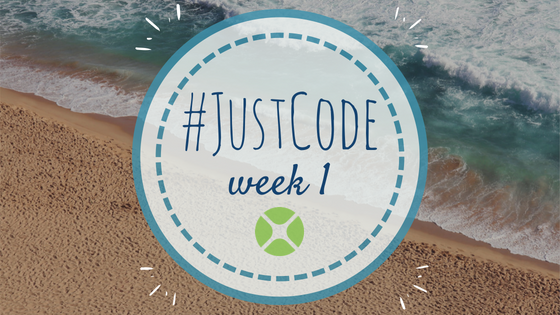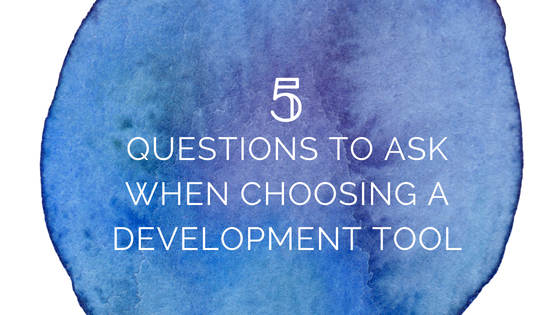It’s the first week of the Just Code challenge so I’m starting with something pretty simple. This app lets you choose a color using the system color picker and then shows you the color values in hexadecimal (useful for programming, HTML and CSS), RGB (red, green, blue), HSV (hue, saturation,value) and CMY (cyan, magenta, yellow).
Comments closedCategory: Cross-Platform
Xojo is an Object Oriented Programming Language and, among other things, that means that it supports Methods Overloading. We have seen in other posts that some of these overloaded methods can be Class Constructors, but, there are others things you can do. For example, we can overload the operators. These are the methods in charge of adding two instances of the same class, subtracting, multiplying or dividing them. But we also have at our disposal another operator we can overload: Lookup. What advantages does this give us and how it does it work? Let’s explore it while building a Preferences class we can use in any of our projects.
Comments closedAfter seeing this conversation on the forums, I thought it would be helpful to run through why you can move some of your app’s DLLs but you cannot move others.
On Windows, the Visual Studio C Runtime DLLs can be in one of two locations on systems that do not already have them installed. All versions of Windows prior to Windows 10 would need these installed.
Comments closedThese days everyone has a great idea for an app. Maybe you have an idea that would save you time at work, or maybe you’ve been thinking of an app that would automate something you do at home. Not sure where to start? One of your first steps is choosing a development tool that is right for you and for your project.
Here are five questions to guide your decision:
Comments closedWhether you are using Xojo to create your very first application or if you are coming from other languages, like C# or VisualBasic, customized UI controls are probably one of those things you have in your to-do list. For multiplatform Desktop apps, you will find that the Canvas class offers everything you need. In order to show you how easy it can be, follow this tutorial to recreate the ImageWell UI class control, provided by default in the Xojo framework. Our customized ImageWell will be able to proportionally display any JPEG file dropped by the user on the control, centering it on the available surface.
Comments closedYou can call into Win32 APIs (aka WinAPI) to use methods and properties that are not built into the framework by using the Declare command. To create a Declare statement you first need to track down the API you want to use using Microsoft’s documentation: Microsoft Developer Documentation.
Comments closedYou can call into Cocoa APIs to use methods and properties that are not built into the Xojo framework by using the Declare command. To create a Declare statement you first need to track down the API you want to use using Apple’s documentation: Apple Developer Documentation.
Comments closedGeoff just wrapped up the Keynote at this year’s XDC here in beautiful Denver, Colorado. The stately ballroom at the Magnolia Hotel was packed. After…
Comments closedDuring his Keynote, Geoff announced the winners of the 2018 Xojo Design Awards, honoring excellence in software design in the following categories: Best Developer Tool, Best Specialty App, Best Consumer App, Best Mobile App, Best Utility App and Best Cross-Platform App.
These apps represent the creativity, flexibility and diversity in the Xojo Community – support this year’s winners and the whole Xojo community by sharing and reviewing their apps on social media and app stores!
This year’s winners are:
Comments closedThe Cloud is everywhere these days. And lots of companies offer Cloud products or services. Why should you use them?
Comments closed

